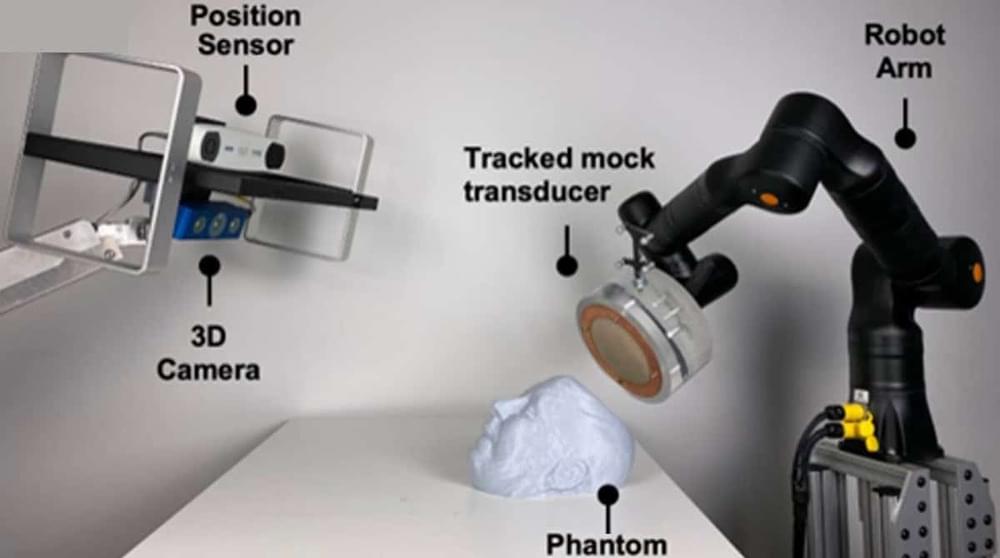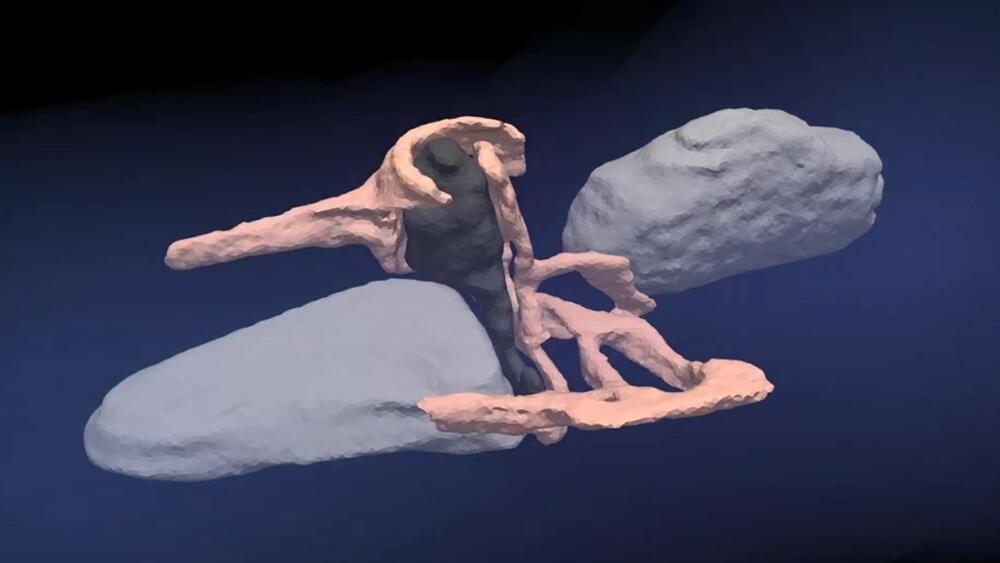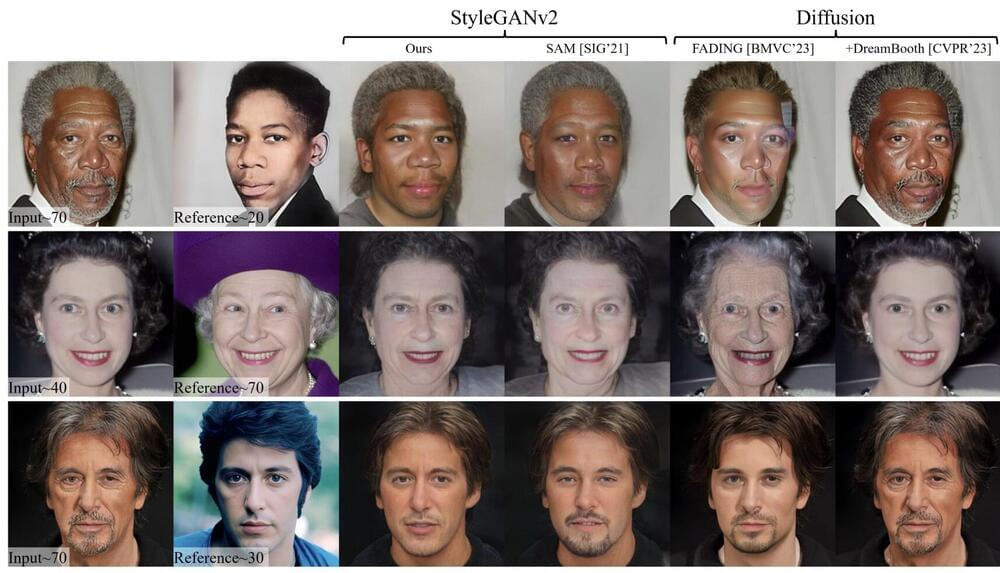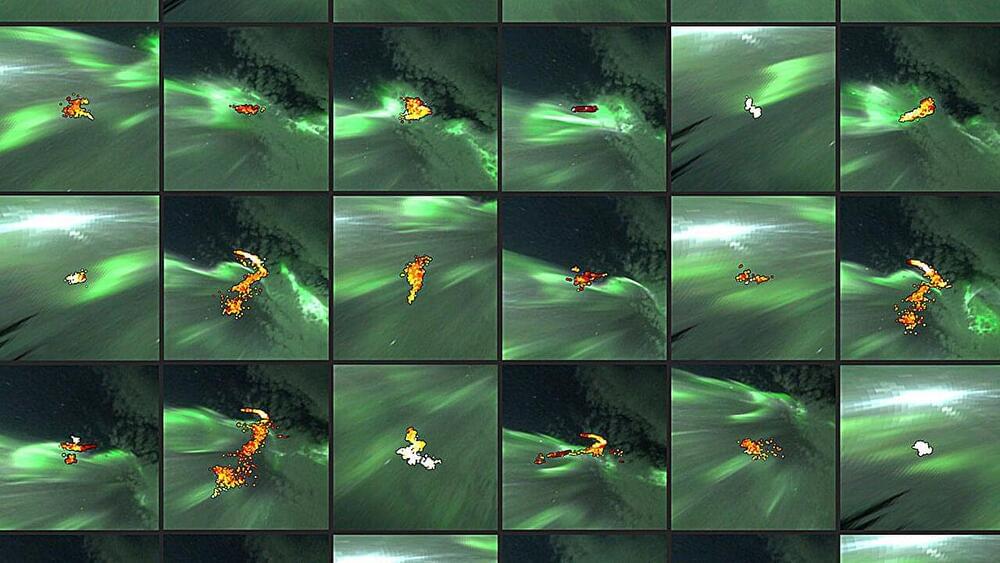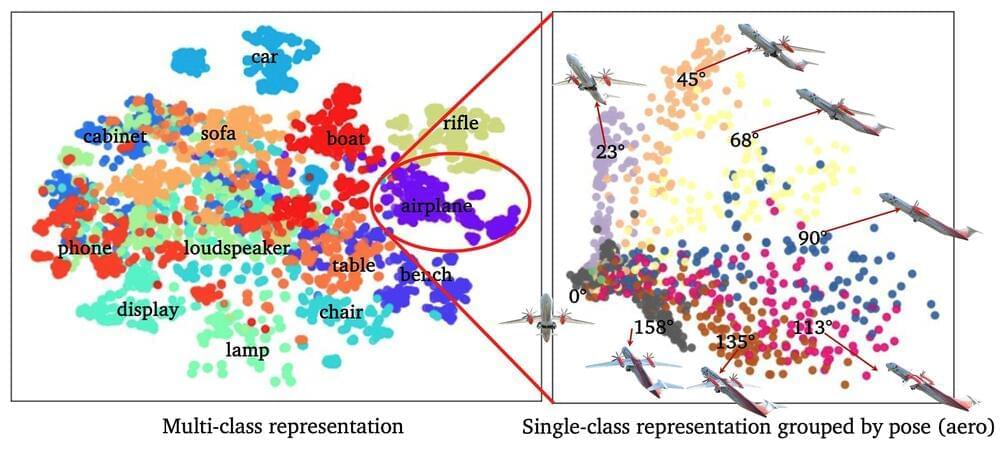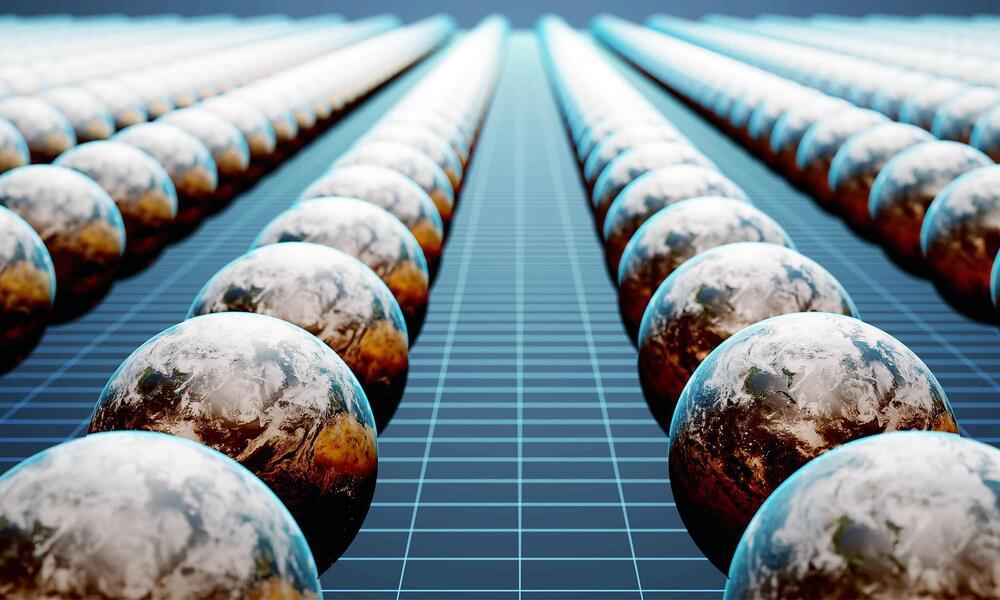Reliably measuring the polarization state of light is crucial for various technological applications, ranging from optical communication to biomedical imaging. Yet conventional polarimeters are made of bulky components, which makes them difficult to reduce in size and limits their widespread adoption.
Researchers at the Shanghai Institute of Technical Physics (SITP) of the Chinese Academy of Sciences and other institutes recently developed an on-chip full-Stokes polarimeter that could be easier to deploy on a large scale. Their device, presented in a paper in Nature Electronics, is based on optoelectronic polarization eigenvectors, mathematical equations that represent the linear relationship between the incident Stokes vector and a detector’s photocurrent.
“This work was driven by the growing demand for compact, high-performance polarization analysis devices in optoelectronics,” Jing Zhou, corresponding author of the paper, told Phys.org. “Traditional polarimeters, which rely on discrete bulky optical components, present significant challenges to miniaturization and limit their broader applicability. Our main goal is to develop an on-chip solution capable of direct electrical readout to reconstruct full-Stokes polarization states.”


